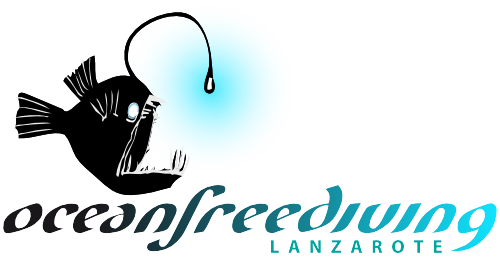This is an interesting passage of equalisation that leads you to a much more relaxed and conscious apnea.
Let’s say that the road ahead is difficult but with the help of tools such as the Otovent or the new EQ-tool, you will see good results working constantly on it.
So the first step is to have one of these two tools a cheaper “Otovent” and another much more technological “EQ-tool” that allows you to monitor and observe the evolution of your improvements trough an app.
In this paragraph I will not talk about the Anatomy of the compensation that should now be well known and acquired, but I will talk about the exercises and the sequence to be practiced in order to pass from the normal to the advanced Frenzel equalisation.
We begin to understand the difference between the two equalisations techniques, the first the traditional one and made by a compensation with the sound of the “click” while the other does not.
In both, when we go down, the air volume decreases due to the increase water pressure (Boyle’s law), so in the traditional technique the tubes close and we reopen them, creating new pressure with the tongue, while in the evolved one we do a constant pressure with the tongue and do not allow the Eustachian tubes to close and therefore no longer hearing the fateful click-click-click.
So in the normal Frenzel you will have an ON-OFF pressure: the air is moved between the tongue and the soft palate (N charge), pressure is created “by pronouncing the letter T”, the tubes are opened, the descent is reduced, the air volumes decrease , the tubes close again, we create new pressure with the tongue and the tubes reopen, and this action is repeated for a number of times until we can finish the air loaded … then we make a series of movements to achieve the traditional equalisation and go deep.
In the advanced Frenzel, on the other hand, we maintain a constant pressure: after carrying out the N load (the air is transferred from the lungs to the mouth), the tongue is pressed upwards and backwards in a constant, fluid manner, following the reduction in volume. air, maintaining a light constant pressure that makes the tubes open and keeps them open, until the air is over and the tongue is completely attached to the palate.
The steps are many but fundamental.
We begin by saying that we must practice the exercises to strengthen the connections with our brain and the anatomical part of the equalisation (Glottis-Tongue-Soft palate).
First we have to work on the tongue locks and start focusing the positions of the lock “T” – “KA” – “H”.
Now that we have acquired this awareness by practicing the exercises we can move on to the next step of constant pressure with the tongue passing from the lock T to the Ka and finally to the H which consequently leads you to have the Eustachian tubes always open and then almost eliminated of the famous “click” that we hear in normal equalisation.
You are used to the click and see the cable scrolling gives you the confirmation that you go down but then when you start to go to this technique you can see the cable and have a doubt …. I’m equalising !!! I’m doing the right thing !!! in a while I will feel pain and I have to return for the pain, but you get to the plate if you have moved the air from the lungs to the mouth and you did a good charge “N” at the right time and everything went well.
I hope this article will help you achieve your goal. If you have any questions or need some clarification do not hesitate to write.
